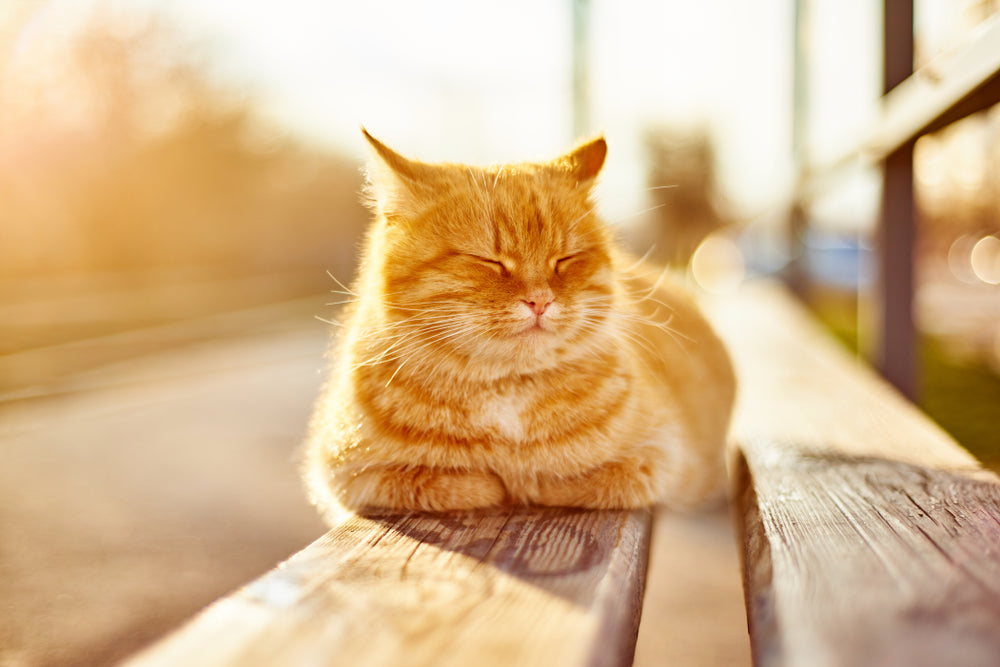To Crate, or To Not Crate?
That is the question! For people with a dog, this can be a bit decisive of a topic. Oftentimes, pet owners feel strongly about their viewpoint – so let’s take some time to explore! Is it important for your pet to actually be crate trained?
When Crate Training Might Come in Handy: The Benefits for You
New company coming over? Accidental household spill that isn’t pet-friendly? Spending some time away from home? These are all scenarios you may consider if crating your pup might come in handy!
Let’s say your furry friend has a hard time around new people… Or, vice versa: what if someone visiting has a fear of dogs? Both parties might feel more comfortable with some controlled proximity.
There is also the argument of safety – leaving your pet unattended at home for long periods could lead to dangerous circumstances or retaliation. It is natural for our four-legged friends to get curious and seek stimulation. Of course they may wonder why the trash can smells so good!
In Favor of Crate Training: The Benefits for Your Pup
Teaching your pet to feel safe and secure in their crate can help establish their own sanctuary. A crate can be a comfortable and consistent environment. Sometimes our pups can have a hard time seeking refuge when they are overstimulated or want alone time.
Unlike cats, it can be hard to get away from the action. So, this can be especially helpful if your pet gets overstimulated when you are hosting. This safe space can also help them feel better when facing illness or recovery from injury or procedure.
If you travel with your pet a lot or have them go and stay somewhere else when necessary, their crate can be a consistent safe-haven to feel at home and at ease wherever they are. This can also help you and whoever is watching your pet feel confident that nothing will go awry in your absence.
Making the Most of Your Setup
In order to make sure your furry friend feels comfortable and invited into their crate, it is crucial that the crate is the correct size, first and foremost! For sizing, check out Dog Crate Sizes: Guide & Calculator by Breed. For detailed reviews and use cases Best Dog Crate for Your Dog's Size - Top 10 Picks shares top inspo.

Making Your Crate Comfortable (and Safe!)
Your pup will probably thank you for a comfortable bedding. Considerations when choosing a base include durability, washability, and breathability. They may also like accessories like blankets or toys.
It is important to do thorough research before putting anything in there with them, though. It is crucial to make sure it isn’t anything that could get caught on them or be chewed up. If you are looking for a detailed guide, including crate location and recommendations, I recommend reading Setting Up Your Dog's Crate for Comfort & Safety.
To Crate, or To Not Crate?
That is the question! For people with a dog, this can be a bit decisive of a topic. Oftentimes, pet owners feel strongly about their viewpoint – so let’s take some time to explore! Is it important for your pet to actually be crate trained?
When Crate Training Might Come in Handy: The Benefits for You
New company coming over? Accidental household spill that isn’t pet-friendly? Spending some time away from home? These are all scenarios you may consider if crating your pup might come in handy!
Let’s say your furry friend has a hard time around new people… Or, vice versa: what if someone visiting has a fear of dogs? Both parties might feel more comfortable with some controlled proximity.
There is also the argument of safety – leaving your pet unattended at home for long periods could lead to dangerous circumstances or retaliation. It is natural for our four-legged friends to get curious and seek stimulation. Of course they may wonder why the trash can smells so good!
In Favor of Crate Training: The Benefits for Your Pup
Teaching your pet to feel safe and secure in their crate can help establish their own sanctuary. A crate can be a comfortable and consistent environment. Sometimes our pups can have a hard time seeking refuge when they are overstimulated or want alone time.
Unlike cats, it can be hard to get away from the action. So, this can be especially helpful if your pet gets overstimulated when you are hosting. This safe space can also help them feel better when facing illness or recovery from injury or procedure.
If you travel with your pet a lot or have them go and stay somewhere else when necessary, their crate can be a consistent safehaven to feel at home and at ease wherever they are. This can also help you and whoever is watching your pet feel confident that nothing will go awry in your absence.
Making the Most of Your Setup
In order to make sure your furry friend feels comfortable and invited into their crate, it is crucial that the crate is the correct size, first and foremost! For sizing, check out Dog Crate Sizes: Guide & Calculator by Breed. For detailed reviews and usecases Best Dog Crate for Your Dog's Size - Top 10 Picks shares top inspo.
Making Your Crate Comfortable (and Safe!)
Your pup will probably thank you for a comfortable bedding. Considerations when choosing a base include durability, washability, and breathability. They may also like accessories like blankets or toys.
It is important to do thorough research before putting anything in there with them, though. It is crucial to make sure it isn’t anything that could get caught on them or be chewed up. If you are looking for a detailed guide, including crate location and recommendations, I recommend reading Setting Up Your Dog's Crate for Comfort & Safety.
If the crate is supposed to be a place of rest, I highly encourage you to cover the crate. Just make sure it is breathable, especially in the summertime! Make sure your crate is aligned with your pet’s temperature preferences for an added sense of comfort.
Crate location can be a key aspect – it is necessary the crate is not warm to avoid overheating. This may mean your prime crate location is in a place with a fan, A.C., away from a window, or in a lower level of the house.
The Importance of Being Mindful
In order to ensure your pet is comfortable and feels safe, it is crucial that your pet does not feel forced into or punished by their crate. This will discourage them from spending time in it, and can result in distress. Always make sure your pet seems at ease and comfortable. It can be helpful to provide positive healthy reinforcments, like praise and treats.
We All Want to Have a Sanctuary
If your pet feels safe in their crate, they may opt to take naps in there on their own! This means they feel the ultimate sense of comfort and homeyness, and you have done your magic. Ultimately, they should feel at peace wherever they are in your home. Crates can be a great tool for ease, comfort, and safety.

If the crate is supposed to be a place of rest, I highly encourage you to cover the crate. Just make sure it is breathable, especially in the summertime! Make sure your crate is aligned with your pet’s temperature preferences for an added sense of comfort.
Crate location can be a key aspect – it is necessary the crate is not warm to avoid overheating. This may mean your prime crate location is in a place with a fan, A.C., away from a window, or in a lower level of the house.
The Importance of Being Mindful
In order to ensure your pet is comfortable and feels safe, it is crucial that your pet does not feel forced into or punished by their crate. This will discourage them from spending time in it, and can result in distress. Always make sure your pet seems at ease and comfortable. It can be helpful to provide positive healthy reinforcements, like praise and treats.
We All Want to Have a Sanctuary
If your pet feels safe in their crate, they may opt to take naps in there on their own! This means they feel the ultimate sense of comfort and hominess, and you have done your magic. Ultimately, they should feel at peace wherever they are in your home. Crates can be a great tool for ease, comfort, and safety.




